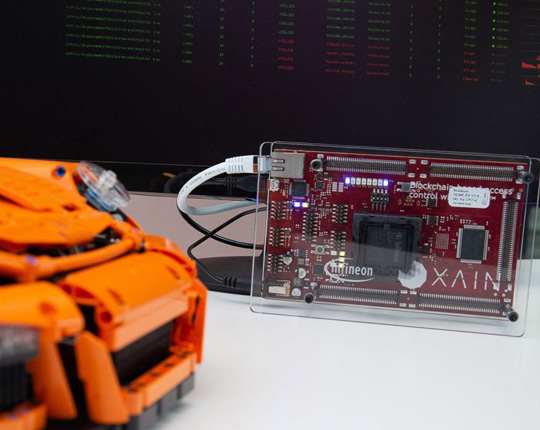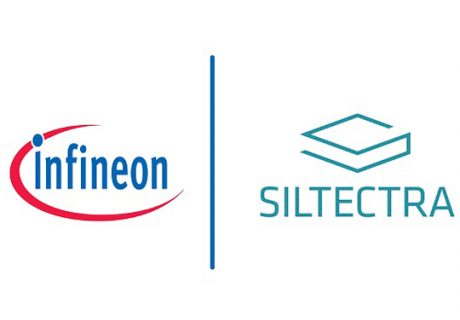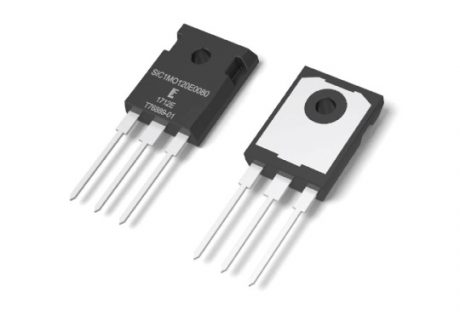Infineon Technologies AG will be teaming up with XAIN to bring blockchain technology into cars. The two companies signed a corresponding Memorandum of Understanding at Infineon’s 1st Automotive Cybersecurity Forum. Their goal is to develop and applications and one such application which was showcased in the first demonstrator dealt with access rights through the use of a smartphone app. Such access rights could be used to facilitate applications like car sharing.
XAIN further combines artificial intelligence and blockchain technology. Artificial intelligence algorithms show whether users have access to vehicle functions and do not need to centrally store private data; in fact, artificial intelligence algorithms can learn from each other through the network without posing a risk to user privacy. Through the Al-enabled sensor driver identification, artificial intelligence automatically identifies the user’s access rights on vehicles with Infineon’s AURIXTM microcontroller. The blockchain technology implements the secure assignment of artificial intelligence and access rights and checks that the execution is correct.
When these concepts are applied to automotive technology, unprecedented functionality can be achieved. These services include automated payment transactions, keyless vehicle access, flexible car sharing, and other on-demand services such as intermediation delivery of car and phone insurance policies that use customer driving behavior data to determine prices. Essentially, these are services that are made possible by giving users the power to manage their own data.
“Network security is a key foundation for future mobile data. Blockchain technology has great potential in this area, provided that the selected blockchain solution and the chosen security hardware are well coordinated, essentially the compatibility of software and hardware. This is where we want to move forward with XAIN,” said Peter Schiefer, president of Infineon Automotive.
A blockchain is essentially a decentralized database that facilitates speedy transactions and highly secure tamper-free storage, as in the case of bitcoins. When it comes to vehicles, applications of blockchain technology could include automated payments, keyless access for car sharing schemes, on-demand services, tuning protection and automated driving functions. These would involve granting of access rights – to the car itself or to specific data in the vehicle. One example is practice in which insurance use driving data regarding motorists to reward those with good driving habits with lower premiums.
All of Infineon’s 2 nd generation AURIX™ microcontrollers are already capable of providing support for blockchain functionality in cars. This support is based on an embedded hardware security module (HSM) that complies with the highest level of the EVITA security standard. An HSM consists of special computing and storage units within the microcontroller. It performs the cryptographic operations and is protected by a dedicated firewall of its own. The 2 nd generation AURIX microcontrollers thus have a secured memory for the digital key used for identification in the blockchain and are able to perform blockchain operations, such as hashing or digital signing, swiftly and securely. Certified security controllers such as the OPTIGA™ TPM 2.0 from Infineon for automotive applications allow even higher security levels to be reached.
However, the conventional microcontrollers used in cars would still find it a challenge to tackle creation of new data blocks as that would call for immensely high amounts of computing power. XAIN, is working on a new process that can be performed on devices that need to use energy economically as n the case of the microcontrollers in cars.


















